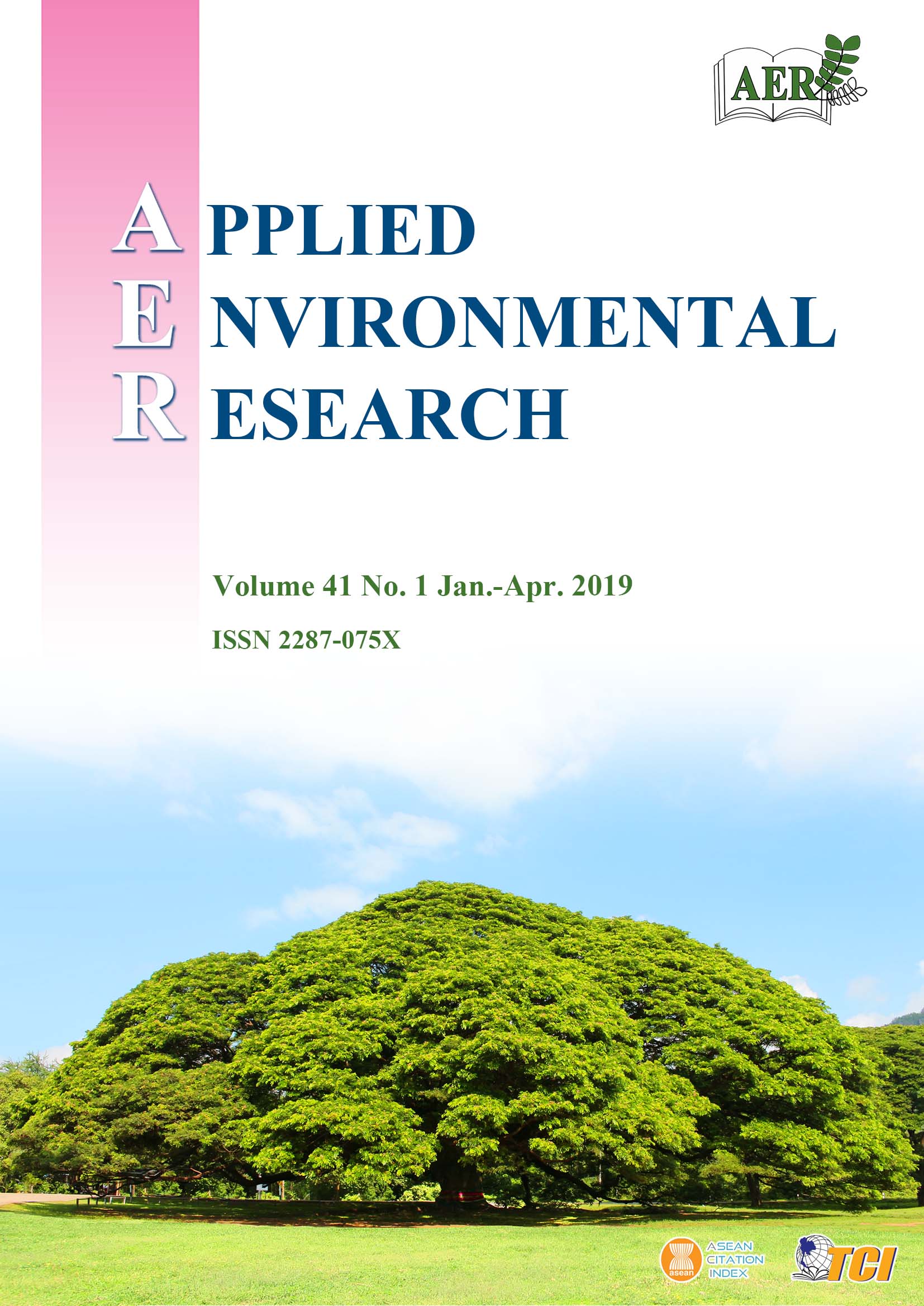Assessment of Hearing Loss among Workers in a Power Plant in Thailand
Main Article Content
Abstract
Noise exposure in the working environment is a major cause of hearing impairment for workers; an audiogram hearing threshold level above 20 dB is considered irregular. In this study, audiometric data were analyzed with the objective of assessing hearing loss among power plant workers based on their age, noise exposure level, years of working, and work characteristics. A cross-sectional study was conducted to assess hearing level data for 672 workers reserved by the Health Care Unit of the power plant. The most recent audiometric data presented during 2013-2015 were used in the statistical analysis at 5 % level of significance. It was found that the most dominant frequency with reference to age and work experience is the test frequency at 4,000 Hz. The most prominent suffering significant hearing loss for both ears is the age group of 50-60 years, consistent with more than 35 years of working. The most significant exposure level is noise level at 81-84 dBA for the left ear only. The work characteristics were found to be the most significant factor affecting hearing loss in both ears. The t-test reveals no significant difference in hearing loss in both ears at all test frequencies. Hearing loss is found to occur at 4,000 and 6,000 Hz; therefore, there is a necessity to implement = noise control measures specifically for each work group. Although there is an educational and training program in the power plant, all workers should still be educated continuously on how to use hearing protection equipment correctly to enhance awareness of the hazards of noise to hearing. Periodic audiometry should be performed to early detect noise-induced hearing loss specifically the notch occurring at 4,000 and 6,000 Hz, together with engineering control in order to reduce unwanted sound.
Article Details
How to Cite
Watchalayann, P., & Laokiat, L. (2019). Assessment of Hearing Loss among Workers in a Power Plant in Thailand. Applied Environmental Research, 41(1), 38–45. https://doi.org/10.35762/AER.2019.41.1.5
Section
Original Article

This work is licensed under a Creative Commons Attribution-NonCommercial 4.0 International License.
Published articles are under the copyright of the Applied Environmental Research effective when the article is accepted for publication thus granting Applied Environmental Research all rights for the work so that both parties may be protected from the consequences of unauthorized use. Partially or totally publication of an article elsewhere is possible only after the consent from the editors.

